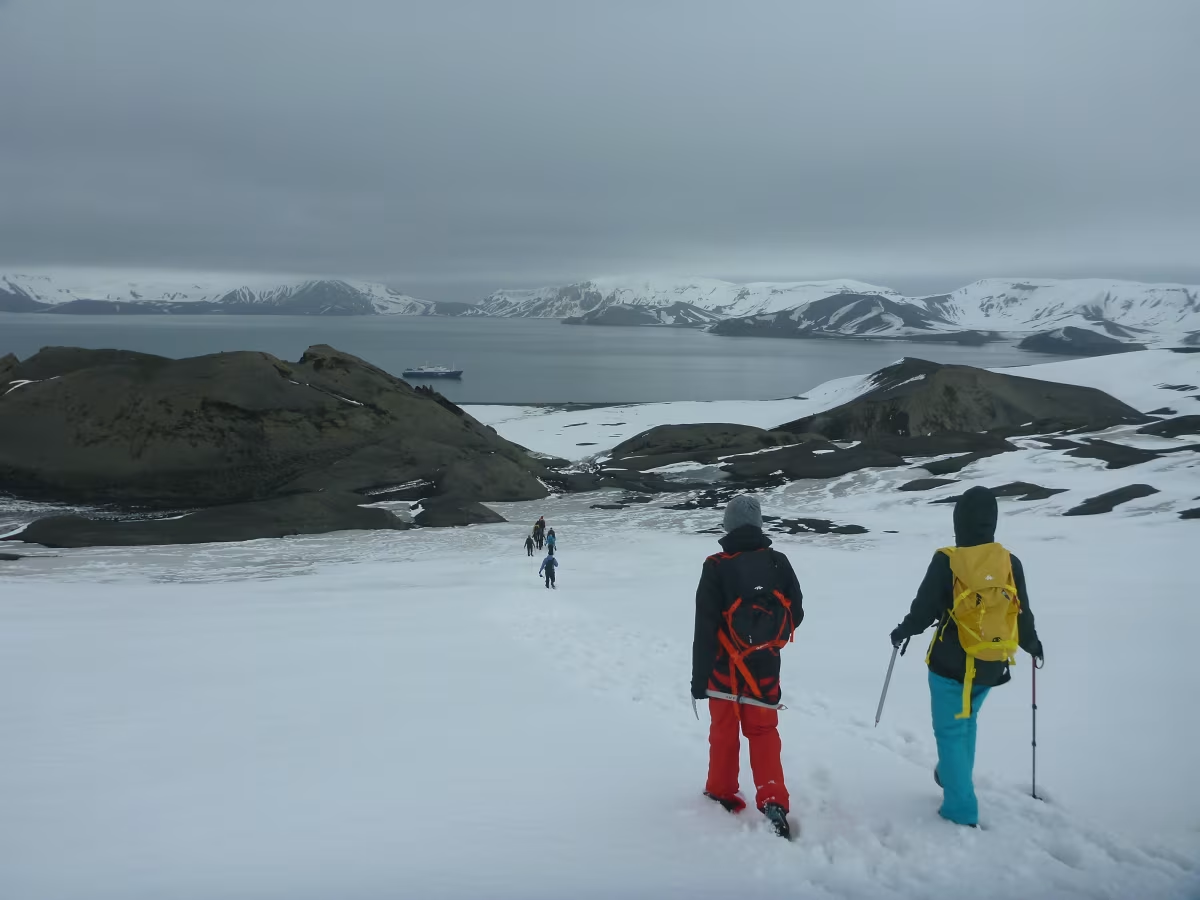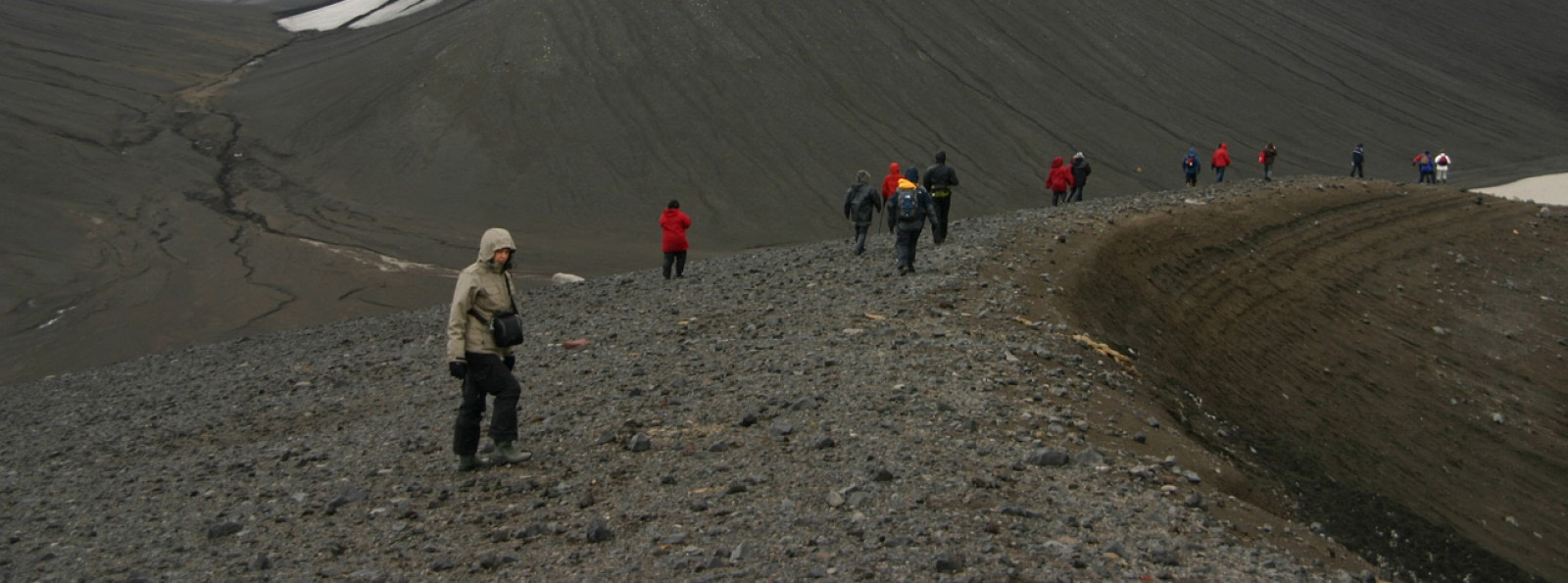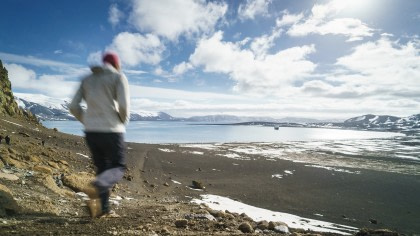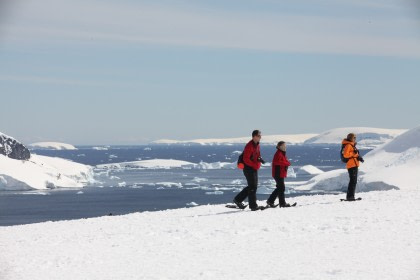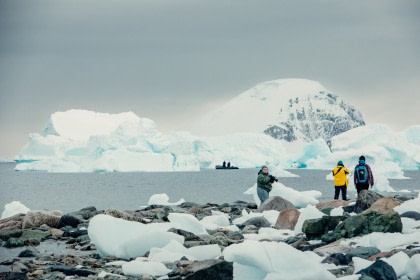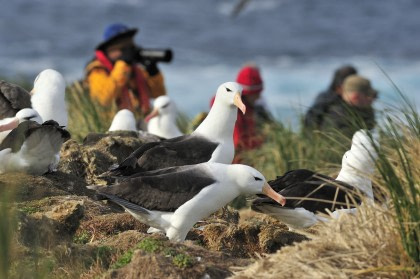Deception Island: one of Antarctica’s safest ports
Discovered twenty years before mainland Antarctica, Deception Island was first visited by American sealers in 1820. It would be a site for hunting, whaling, and eventually only scientific research over the ensuing years – with tourism joining in the last several decades. Because of its naturally sheltered interior harbor, Deception Island remains a useful research and travel site.
The terrain, wildlife, and scientists of Deception Island
Deception Island’s interior bay is what gives it its name: An American sealer named it for its deceptive appearance, given that it looks like a regular island on approach. The bay is actually the caldera of an active volcano. This in turn has contributed to the island’s unusual biological diversity, which justifies its long-time Argentine research base and various conservation areas.

Deception Island’s rare flora and rich fauna
There are multiple Antarctic Special Protected Areas on Deception Island due to its rare plant life, supported by nutrient substrates caused by volcanic activity. Also, part of the island is an Important Bird Area under BirdLife International because of its 100,000-strong chinstrap colony and other birds.
The dreamlike hikes of Deception Island
From Whalers Bay you can hike toward a viewpoint above Neptune’s Window, near the entrance to the caldera. This 130-meter (426 feet) summit affords fantastic views of Port Foster and small rock columns called the “Sewing Machine Needles.” Alternately you might visit Telefon Bay, at the northwestern side of Port Foster, which offers equally excellent hiking.
